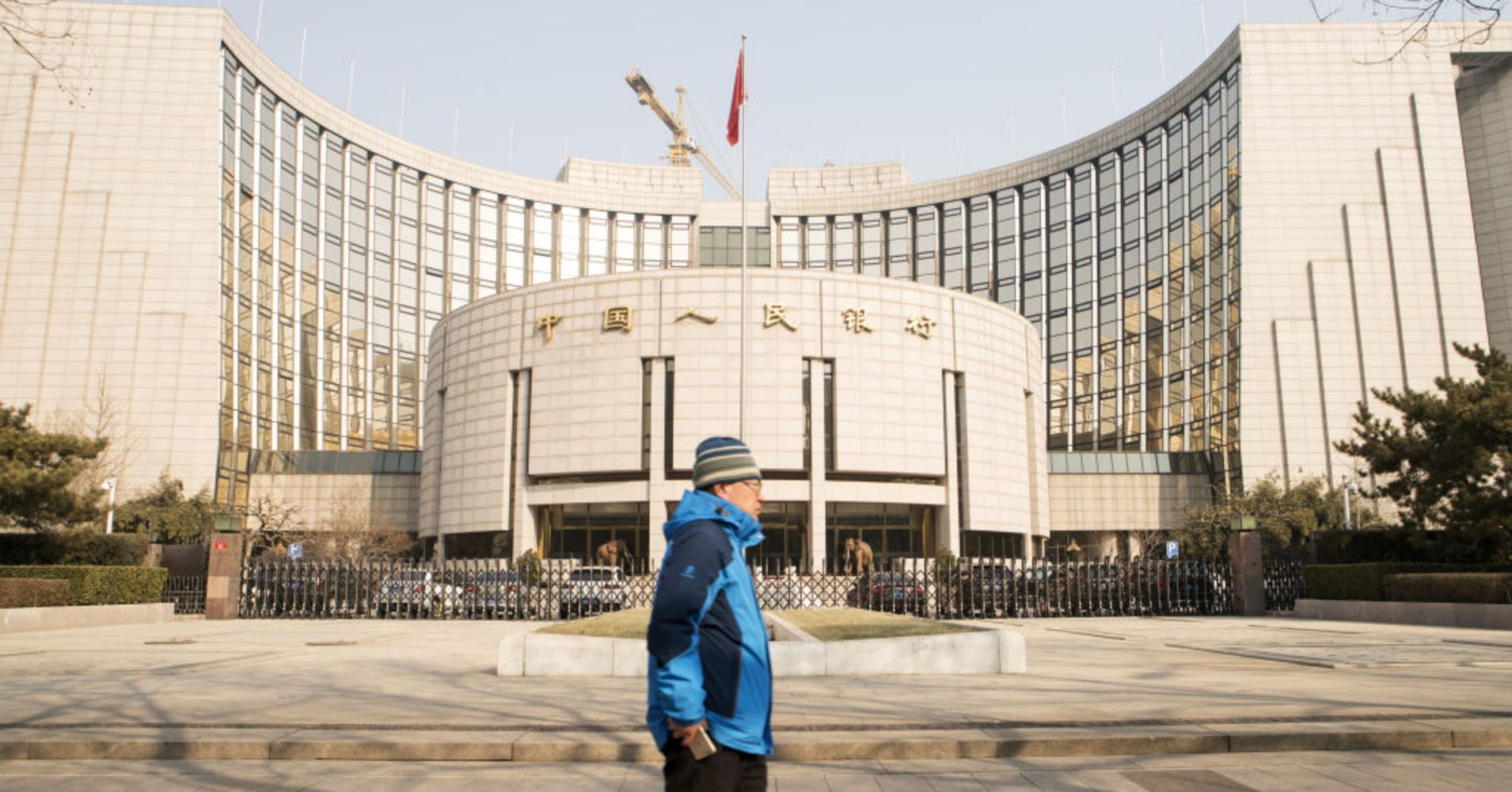
China’s debt problem is set to worsen this year, according U.S. investment bank Morgan Stanley — but Beijing is expected to better manage the risks of people borrowing from non-official channels this time, compared to years ago.
China’s debt in relation to its economy is expected to climb by three to four percentage points of its economy, Morgan Stanley’s Chief China Economist Robin Xing told CNBC on Friday, referring to the debt-to-GDP ratio.
“This time, it’s a bit different because they are using more manageable, or transparent leverage rather than re-opening shadow banking,” Xing told CNBC, saying that the Chinese government is increasing the quota of local special bonds, which are essentially backed by the state.
Shadow banking refers to activities performed by financial firms outside the formal banking sector, and therefore subject to lower levels of regulatory oversight and higher risks.
State-owned banks usually prefer lending to companies owned by the government, which are considered safer borrowers than private firms. As a result, private companies have turned to shadow banking, contributing to China’s overall debt levels.
“Despite the temporary increase in the debt-to-GDP ratio, it’s much more manageable and transparent than 2013 to 2017, when shadow banking was surging,” Xing concluded.
The world’s second-largest economy has been trying to reduce its reliance on debt, and tightening regulations to speed up deleveraging — or the process of reducing debt.
However, the trade war is putting a dent in its efforts to pare its massive debt levels as China seeks ways to boost its slowing economy, which has been hit by U.S. tariffs on Chinese exports.
Economists say the country has more or less paused its deleveraging efforts and instead, is putting in place more easing measures in a bid to prop up its economy.
“The January credit data indicates that the easier monetary and financial stance has started to result in more lending to the real economy,” Oxford Economics Head Asia Economics Louis Kuijs said in a note this week.
Banks extended a record 3.57 trillion yuan ($530 billion) in new loans in January, which reflected “pressure from the authorities to raise lending to the corporate sector, especially the private sector,” Kujis said.
Nevertheless, he expects the increase in year-on-year overall credit growth for the rest of 2019 to be more moderate — at about two percentage points.
The good news is that the stimulus will start to kick in, in the second quarter of this year, Morgan Stanley’s Xing said.
“The economy is still quite weak in first quarter … however we’re seeing intensified easing efforts from the policy makers,” he said. “By second quarter of this year, we think that real economic activity will start to improve, given that easing (will) start to work.”
